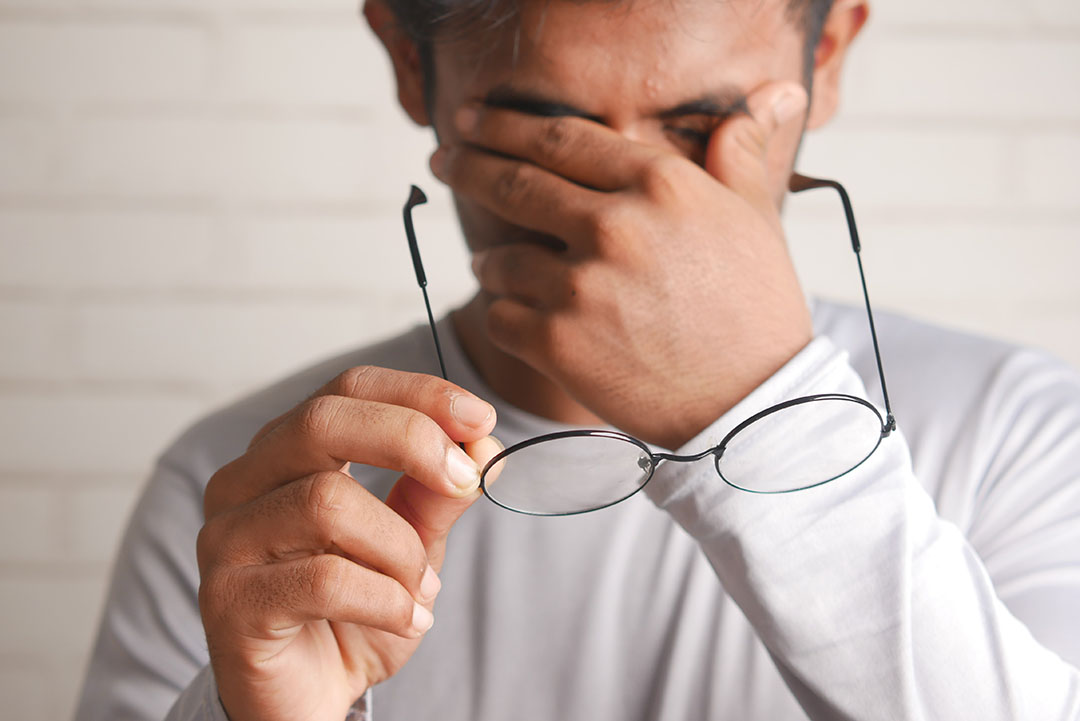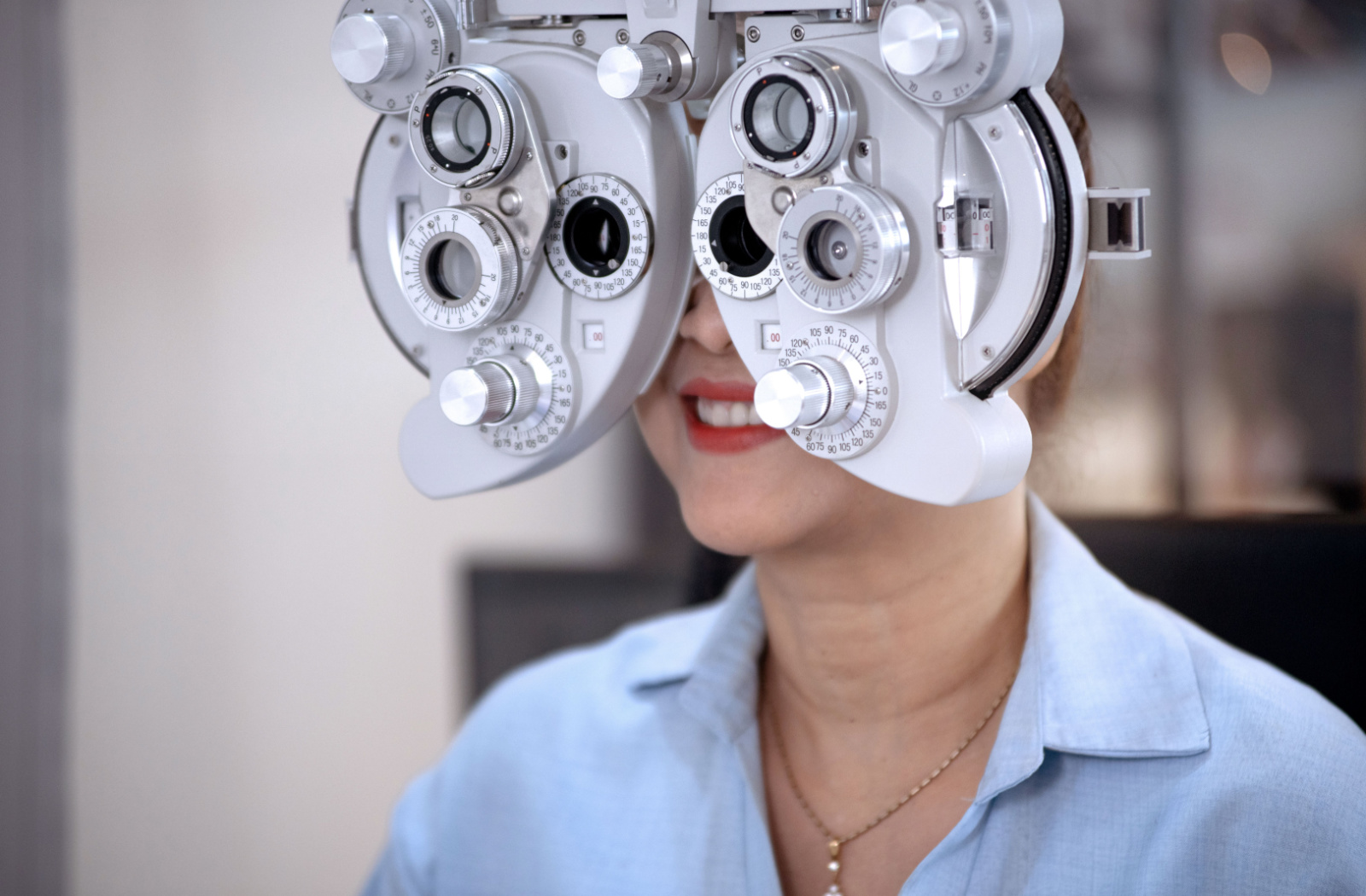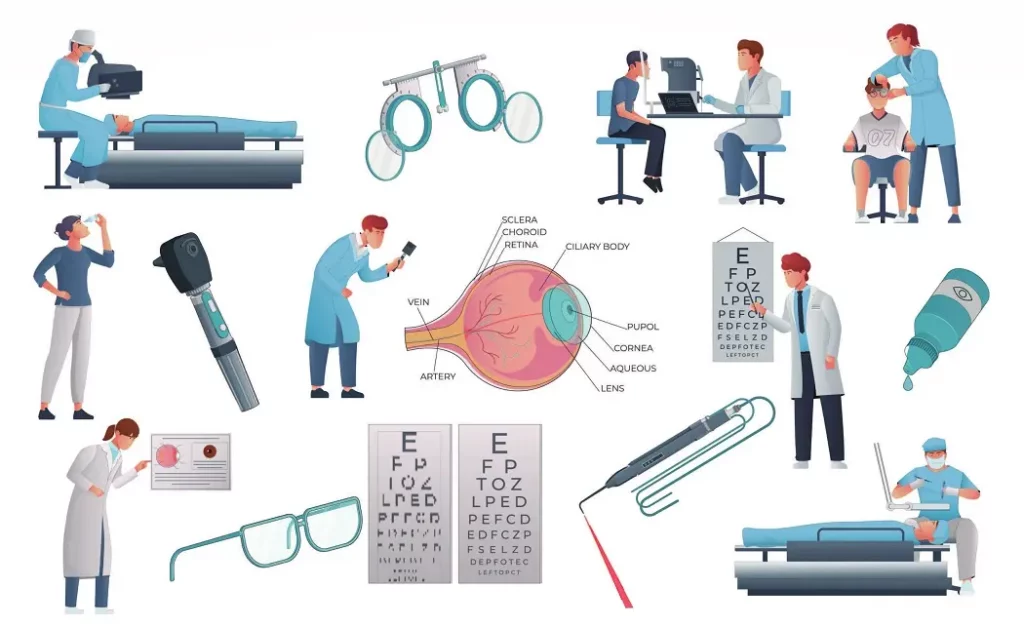Featured
Reduced vision, a condition where conventional glasses, contact lenses, or surgery can not completely restore view, can make day-to-day activities challenging. Luckily, low vision recovery offers a variety of sources to help people keep their self-reliance and quality of life. This article discovers the alternatives offered for those looking for support in handling their aesthetic problems.
What Is Low Vision Rehabilitation?
Reduced vision recovery is an organized approach to aid people maximize their continuing to be vision and adapt to new means of performing everyday tasks. Specialists function with people to establish personalized techniques, including devices, techniques, and training programs that match their special requirements.
![]()
Trick Options for Low Vision Recovery
Vision Enhancing Instruments
Optical Aids: Gadget like magnifiers, telescopic glasses, and unique reading lenses can boost quality for analysis, composing, and various other close-up activities.
Electronic Visual Aids: Devices such as digital magnifiers and mobile video clip magnifiers offer adjustable zoom abilities for numerous tasks.
Wearable Technology: Smart glasses outfitted with cams and voice responses deal cutting-edge remedies for improving vision.
![]()
Assistive Innovation
Screen visitors, text-to-speech applications, and devices with voice commands make innovation obtainable for people with low vision.
Smart device applications, such as navigating aids and object acknowledgment devices, aid individuals communicate with their surroundings better.
Training and Therapy
Positioning and Movement Training: Specialists instruct skills for browsing spaces safely, including the usage of white walking sticks or guide canines.
Daily Living Skills Educating: Rehab programs supply techniques for food preparation, cleansing, and individual care, making certain that individuals can do essential tasks separately.
Aesthetic Skills Training: Workouts made to maximize making use of continuing to be field of vision can improve aesthetic functionality.
Ecological Adaptations
Changes to living or work areas can significantly improve availability. Examples consist of:
Setting up brighter lights.
Adding high-contrast markings to devices.
Preparing furnishings to produce clear paths.
Support Networks
Mental and psychological support is a vital component of recovery. Support groups, therapy sessions, and counseling solutions can assist people deal with the obstacles of vision loss.
![]()
Peer networks attach people with similar experiences, promoting a feeling of neighborhood and shared discovering.
How to Accessibility Reduced Vision Recovery Provider
Reduced vision rehabilitation solutions are usually provided by:
Low Vision Clinics: Operated by eye doctors and eye doctors concentrating on vision disabilities.
Physical Therapists: Professionals in adapting tasks and environments to suit individual demands.
Not-for-profit Organizations: Groups such as the American Structure for the Blind (AFB) or local loss of sight assistance organizations provide useful sources and referrals.
Verdict
Reduced vision rehabilitation offers a range of sources tailored to enhance performance, boost self-confidence, and enhance high quality of life. If you or a liked one is facing the difficulties of reduced vision, take into consideration reaching out to an expert or recovery facility to explore the several alternatives available.
What Is Low Vision Rehabilitation?
Reduced vision recovery is an organized approach to aid people maximize their continuing to be vision and adapt to new means of performing everyday tasks. Specialists function with people to establish personalized techniques, including devices, techniques, and training programs that match their special requirements.

Trick Options for Low Vision Recovery
Vision Enhancing Instruments
Optical Aids: Gadget like magnifiers, telescopic glasses, and unique reading lenses can boost quality for analysis, composing, and various other close-up activities.
Electronic Visual Aids: Devices such as digital magnifiers and mobile video clip magnifiers offer adjustable zoom abilities for numerous tasks.
Wearable Technology: Smart glasses outfitted with cams and voice responses deal cutting-edge remedies for improving vision.

Assistive Innovation
Screen visitors, text-to-speech applications, and devices with voice commands make innovation obtainable for people with low vision.
Smart device applications, such as navigating aids and object acknowledgment devices, aid individuals communicate with their surroundings better.
Training and Therapy
Positioning and Movement Training: Specialists instruct skills for browsing spaces safely, including the usage of white walking sticks or guide canines.
Daily Living Skills Educating: Rehab programs supply techniques for food preparation, cleansing, and individual care, making certain that individuals can do essential tasks separately.
Aesthetic Skills Training: Workouts made to maximize making use of continuing to be field of vision can improve aesthetic functionality.
Ecological Adaptations
Changes to living or work areas can significantly improve availability. Examples consist of:
Setting up brighter lights.
Adding high-contrast markings to devices.
Preparing furnishings to produce clear paths.
Support Networks
Mental and psychological support is a vital component of recovery. Support groups, therapy sessions, and counseling solutions can assist people deal with the obstacles of vision loss.

Peer networks attach people with similar experiences, promoting a feeling of neighborhood and shared discovering.
How to Accessibility Reduced Vision Recovery Provider
Reduced vision rehabilitation solutions are usually provided by:
Low Vision Clinics: Operated by eye doctors and eye doctors concentrating on vision disabilities.
Physical Therapists: Professionals in adapting tasks and environments to suit individual demands.
Not-for-profit Organizations: Groups such as the American Structure for the Blind (AFB) or local loss of sight assistance organizations provide useful sources and referrals.
Verdict
Reduced vision rehabilitation offers a range of sources tailored to enhance performance, boost self-confidence, and enhance high quality of life. If you or a liked one is facing the difficulties of reduced vision, take into consideration reaching out to an expert or recovery facility to explore the several alternatives available.
Latest Posts
Benefits of NAPA AutoCare? Montclare Auto Repair Breaks It Down
Published Apr 22, 25
2 min read
The Versatility of Chain-Link Fencing
Published Apr 22, 25
1 min read
Yesterday's Tavern: A Center of Songs and Success
Published Apr 22, 25
1 min read